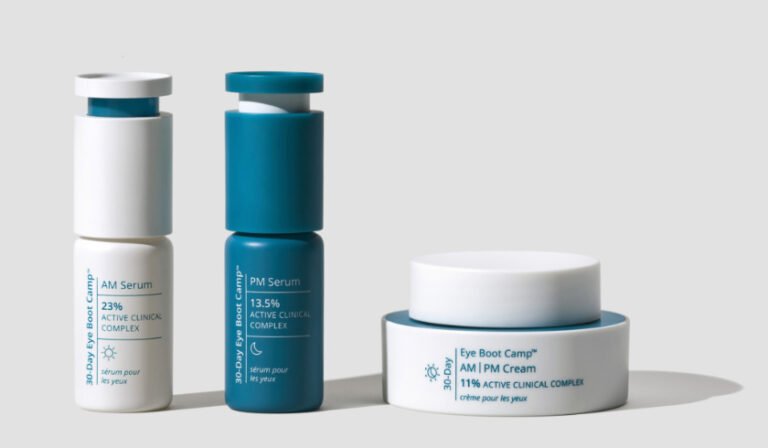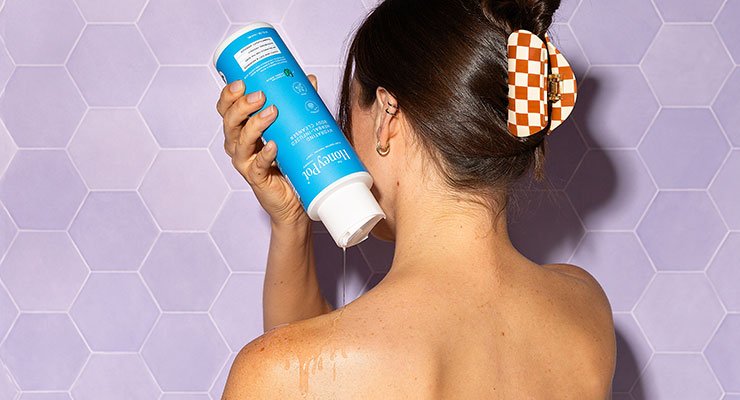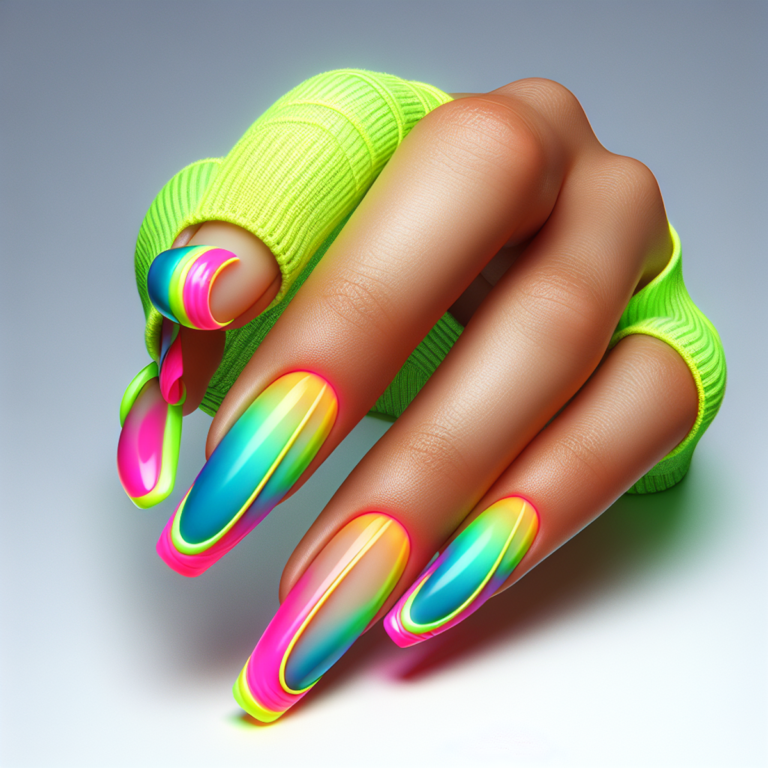How to Get Rid of Forehead Acne, According to Dermatologists

Introduction
Forehead acne is a common skin issue that many people face. It can affect individuals of all ages, from teenagers to adults. This type of acne shows up as blackheads, whiteheads, papules, and pustules on the forehead area.
Addressing forehead acne is crucial, not just for your physical appearance but also for your psychological well-being. Persistent acne can lead to long-term scarring and may impact your self-esteem and confidence.
Dermatologists have the knowledge to provide effective solutions for managing and eliminating forehead acne. They offer a range of treatments tailored to your specific skin needs, ensuring a comprehensive approach to clear skin.
Understanding Forehead Acne
Forehead acne is a specific form of acne that appears on the forehead, distinct from other types of acne due to its location and potential triggers. This common skin condition can manifest in various forms, each requiring different approaches for effective treatment.
Types of Forehead Acne
Different types of acne can occur on your forehead, including:
- Blackheads: These are open comedones where the pore is clogged with dead skin cells and excess oil. The surface turns black due to oxidation.
- Whiteheads: Closed comedones that appear as small white bumps. They form when sebum and dead skin cells block hair follicles.
- Papules: Small red or pink bumps that are inflamed but do not contain pus. They can be tender to touch.
- Pustules: Similar to papules but filled with pus, making them appear white or yellow at the tip.
Each type presents unique challenges and may respond differently to treatments as outlined in this comprehensive acne guide. Understanding these variations is crucial for targeting your skincare routine effectively.
How Forehead Acne Differs from Other Types
While forehead acne shares similarities with breakouts on other parts of the face, it often has distinct triggers. Factors like hair products, sweat, and mechanical friction from hats or headbands frequently contribute to forehead-specific breakouts. Additionally, this area tends to be more exposed to environmental pollutants, which can exacerbate acne formation.
Understanding these nuances helps in tailoring specific solutions for forehead acne, ensuring you tackle the root causes effectively. By recognizing the differences in types of acne and their unique characteristics when they appear on the forehead, you can implement a more targeted and successful skincare strategy as suggested in various acne resources and teen-focused guides.
Causes and Triggers of Forehead Acne
Understanding the underlying causes of forehead acne is essential for effective treatment. Various factors contribute to the development of these breakouts.
Main Causes
- Excess Oil Production: The skin on your forehead contains sebaceous glands that produce sebum, an oily substance meant to keep the skin moisturized. Overproduction of sebum can clog pores, leading to acne.
- Hormonal Changes: Hormonal fluctuations during puberty, menstrual cycles, or pregnancy can increase oil production. This surge in sebum can trigger forehead acne.
- Bacteria Buildup: The presence of Propionibacterium acnes (P. acnes) bacteria on the skin can cause inflammation and infection within clogged pores, resulting in pimples.
Lifestyle Factors
Diet and Stress: Your diet and stress levels play a significant role in acne formation.
- Certain foods with high glycemic indexes, like sugary snacks and refined grains, can spike insulin levels, thereby increasing oil production and triggering acne.
- Stress elevates cortisol levels in the body, which can lead to an increase in oil production and exacerbate acne symptoms.
Specific Triggers
Sweat:
- Sweat itself isn’t harmful but can mix with oils and debris on your skin’s surface. If not washed off promptly, this mixture can clog pores and create an environment conducive to acne.
Mechanical Factors:
- Wearing hats or headbands frequently can trap sweat and oil against your skin, causing what is known as “mechanical acne.”
- Consistently touching your forehead transfers oils and bacteria from your hands to your face, leading to breakouts.
These factors collectively make managing forehead acne a complex task that often requires a multifaceted approach for effective treatment. In many cases, over-the-counter remedies may provide sufficient relief from these breakouts.
Effective Treatments for Forehead Acne
Seeking Professional Help
Persistent or severe forehead acne often requires professional intervention. Consulting a dermatologist is crucial if over-the-counter treatments fail to deliver results. Dermatologists can provide tailored advice and advanced treatment options that target the root causes of your acne.
Over-the-Counter Treatments
Over-the-counter (OTC) treatments offer a first line of defense against forehead acne. These products are widely accessible and can be highly effective for mild to moderate cases.
1. Benzoyl Peroxide
This ingredient helps kill acne-causing bacteria. Available in various strengths, benzoyl peroxide reduces inflammation and aids in preventing future breakouts.
2. Salicylic Acid
Known for its ability to dissolve dead skin cells within pores, salicylic acid helps unclog pores and reduce blackheads and whiteheads.
3. Alpha Hydroxy Acids (AHAs)
AHAs like glycolic acid exfoliate the skin’s surface, encouraging cell turnover and preventing clogging of pores.
4. Sulfur
Often found in masks or spot treatments, sulfur helps dry out the surface of your skin to absorb excess oil and unclog pores.
Prescription Treatments
For more stubborn or severe cases, dermatologists may recommend prescription treatments. These options are typically stronger and more targeted than OTC products.
1. Topical Retinoids
Derived from Vitamin A, retinoids speed up cell turnover, helping to clear clogged pores and fade hyperpigmentation. Commonly prescribed retinoids include tretinoin and adapalene.
2. Antibiotics
Topical or oral antibiotics can reduce inflammation and bacterial growth on the skin. Dermatologists might prescribe these for severe inflammatory acne.
3. Oral Medications
For hormonal-related acne, oral medications such as birth control pills or spironolactone can help balance hormone levels that contribute to acne.
4. Isotretinoin
Often considered a last resort for severe nodular acne, isotretinoin is a powerful oral medication that significantly reduces oil production in the skin.
Combining Treatments
Dermatologists may also suggest combining different treatments to maximize effectiveness. For instance:
Using benzoyl peroxide during the day and a topical retinoid at night can provide comprehensive care by targeting bacteria during the day and promoting cell turnover overnight.
Adhering to their recommendations ensures you get the most out of your treatment plan while minimizing potential side effects.
Understanding these treatment options equips you with knowledge on how to get rid of forehead acne according to dermatologists’ recommendations.
Professional Treatments for Severe Cases
When dealing with severe forehead acne, professional treatments offered by dermatologists can be highly effective. These advanced options are designed to target deeper skin issues that over-the-counter products may not address.
Chemical Peels
Dermatologists often recommend chemical peels for stubborn acne. This treatment involves applying a chemical solution to the skin, which exfoliates the outer layers. Chemical peels help unclog pores, reduce oil production, and remove dead skin cells. They also promote new skin growth, which can improve the appearance of acne scars and post-inflammatory hyperpigmentation. Common types of chemical solutions used include glycolic acid, salicylic acid, and lactic acid.
Laser Treatments
Laser therapy is another potent option for treating severe forehead acne. This method utilizes focused light energy to penetrate the skin and target specific issues like excess sebum production and inflammation. Different types of lasers can be used based on the individual’s needs:
- Fractional lasers: These create microscopic wounds in the skin to stimulate new collagen production and faster healing.
- Pulsed-dye lasers (PDL): These target blood vessels in inflamed areas to reduce redness and swelling.
- Blue light therapy: This targets Propionibacterium acnes bacteria that contribute to acne formation.
Both chemical peels and laser treatments require multiple sessions for optimal results. Dermatologists will tailor the frequency and intensity of these treatments based on your unique skin type and severity of acne.
It’s crucial to follow up with your dermatologist regularly during these treatments to monitor progress and make necessary adjustments. By opting for professional treatments like chemical peels and laser therapy, you can effectively address severe cases of forehead acne and achieve clearer, healthier skin.
Home Remedies and Natural Solutions for Forehead Acne
While home remedies may not replace professional treatment, they can complement your skincare routine and help manage forehead acne effectively. Here are some natural remedies you can incorporate:
1. Tea Tree Oil
Tea tree oil is known for its antibacterial properties, which can help reduce the bacteria responsible for acne.
How to use: Dilute a few drops with a carrier oil like jojoba or coconut oil, then apply it to the affected area using a cotton swab.
2. Aloe Vera Gel
Aloe vera is celebrated for its soothing and anti-inflammatory properties.
How to use: Apply pure aloe vera gel directly to your forehead to calm irritated skin and reduce redness.
3. Honey and Cinnamon Mask
A mixture of honey and cinnamon can be applied as a mask. Honey has antimicrobial properties, while cinnamon has anti-inflammatory effects.
How to use: Combine one teaspoon of cinnamon with two tablespoons of honey, apply the paste to your forehead, leave it on for 10-15 minutes, then rinse off.
4. Apple Cider Vinegar
This natural toner helps balance the skin’s pH and reduces oil production.
How to use: Mix one part apple cider vinegar with three parts water, apply with a cotton ball, and rinse after 5-10 minutes.
5. Green Tea
Rich in antioxidants, green tea can be used as a topical treatment.
How to use: Brew a cup of green tea, let it cool, and use a cotton ball to apply it to your forehead. Leave it on or rinse after 10 minutes.
Incorporating these remedies into your routine can help manage pimples on the forehead. Remember that consistency is key when using natural solutions. Always perform a patch test before trying any new remedy to ensure you do not have an adverse reaction.
Preventive Measures to Keep Forehead Acne at Bay
Maintaining a consistent skincare routine is crucial for preventing future breakouts on the forehead. This involves several steps designed to keep your skin clean, hydrated, and free from acne-causing agents.
Gentle Cleansing
Using gentle cleansers is essential. Harsh products can strip the skin of its natural oils, leading to increased oil production and potential breakouts. Opt for non-comedogenic products that won’t clog your pores. Some recommended gentle cleansers include:
- Cetaphil Daily Facial Cleanser: Known for its mild formula, suitable for all skin types.
- CeraVe Hydrating Cleanser: Contains ceramides and hyaluronic acid, providing hydration without clogging pores.
- La Roche-Posay Toleriane Hydrating Gentle Cleanser: Ideal for sensitive skin, it maintains the skin’s natural barrier.
Consistent Skincare Routine
A consistent routine involves cleansing your face twice daily—morning and night. Additionally, incorporating other non-comedogenic products can make a significant difference:
- Moisturizers: Ensure your moisturizer is lightweight and oil-free. Examples include Neutrogena Hydro Boost Water Gel and Aveeno Positively Radiant Daily Moisturizer.
- Sunscreens: Non-comedogenic sunscreens protect your skin from UV damage without causing breakouts. Products like EltaMD UV Clear Broad-Spectrum SPF 46 are highly recommended.
Regular exfoliation helps remove dead skin cells that can clog pores. However, it’s important not to over-exfoliate as this can irritate the skin and exacerbate acne.
Avoiding Triggers
Be mindful of potential triggers such as touching your face frequently or wearing tight headgear that traps sweat and oil against your skin. Clean any accessories that come into contact with your forehead regularly to prevent bacterial buildup.
By following these preventive measures and maintaining a proper skincare routine, you can significantly reduce the likelihood of forehead acne reoccurring.
When to Seek Professional Help from a Dermatologist
While many can manage forehead acne with over-the-counter treatments, there are certain signs indicating it might be time to consult a dermatologist:
- Persistent Acne Issues: If your acne doesn’t improve after several weeks of consistent treatment with OTC products, it may be resistant to these remedies.
- Severe Acne: Experiencing painful cysts or nodules that do not respond to basic skincare routines often requires professional intervention.
- Scarring Potential: Noticing post-inflammatory hyperpigmentation or developing scars from popping or picking at pimples suggests the need for specialized care.
- Emotional Impact: Forehead acne causing significant distress or affecting your self-esteem is a valid reason to seek expert advice.
Dermatologists can offer targeted treatments that address the root causes of your acne. Using their expertise, they provide personalized solutions, reducing the likelihood of long-term skin damage.
What to Expect During Your Visit to the Dermatologist
When you visit a dermatologist for forehead acne, you can expect a structured and thorough consultation process. The appointment usually starts with a detailed review of your medical history, where the dermatologist will ask about:
- Your skincare routine: What products you use and how often. They might also provide you with some skin care tips to improve your condition.
- Dietary habits: Any foods that might be causing your acne. The dermatologist may suggest certain dietary changes that could help enhance your skin health.
- Lifestyle factors: Your stress levels, sleep patterns, and exercise habits. They may also discuss how everyday lifestyle habits impact skin health and appearance.
The dermatologist will then examine your skin to determine the type and severity of acne you have. This helps them create a personalized treatment plan for you.
After that, they may discuss different treatment options with you, such as over-the-counter solutions, prescription medications, or professional treatments like chemical peels or laser therapy. They might also give you advice on preventive measures to include in your daily routine.
This comprehensive approach ensures that all possible causes of your forehead acne are effectively addressed.
Conclusion: Take Control of Your Forehead Acne Journey with Dermatologist Guidance!
Taking action in managing forehead acne effectively involves consulting a dermatologist. Their expertise can provide tailored treatments suited to your skin’s needs. By following professional advice and implementing preventive measures, you can achieve clearer, healthier skin.
Key steps include:
- Seeking professional help: Dermatologists offer advanced treatments for severe cases.
- Following recommended routines: Incorporate products like benzoyl peroxide or salicylic acid.
- Adopting preventive habits: Use gentle cleansers and avoid touching your face.
By understanding How to Get Rid of Forehead Acne, According to Dermatologists, you empower yourself to tackle forehead acne head-on with confidence.
FAQs (Frequently Asked Questions)
What is forehead acne and how does it differ from other types of acne?
Forehead acne is a common skin condition characterized by various types of blemishes that occur on the forehead. It differs from other types of acne in its location and may include blackheads, whiteheads, papules, and pustules.
What are the main causes and triggers of forehead acne?
The main causes of forehead acne include excess oil production, hormonal changes, and bacteria buildup. Lifestyle factors such as diet and stress can also contribute to breakouts. Specific triggers include sweat and mechanical factors like wearing hats or headbands.
What treatments do dermatologists recommend for forehead acne?
Dermatologists recommend seeking professional help for persistent or severe cases of forehead acne. Common over-the-counter treatments include benzoyl peroxide and salicylic acid, while prescription treatments may involve topical retinoids and oral medications.
Are there home remedies for treating forehead acne?
While home remedies should not replace professional treatment, they can complement a skincare routine. Effective natural remedies include tea tree oil and aloe vera gel, which may help reduce pimples on the forehead.
When should I seek professional help from a dermatologist for my forehead acne?
You should consider consulting a dermatologist if you experience persistent or severe acne issues that do not improve with over-the-counter treatments. Signs that indicate the need for professional assistance include ongoing breakouts despite consistent skincare efforts.
What can I expect during my visit to the dermatologist for forehead acne?
During a typical dermatologist appointment for treating forehead acne, you will undergo a consultation process where your skin condition will be evaluated. The dermatologist will discuss your symptoms, medical history, and recommend appropriate treatment options tailored to your needs.










